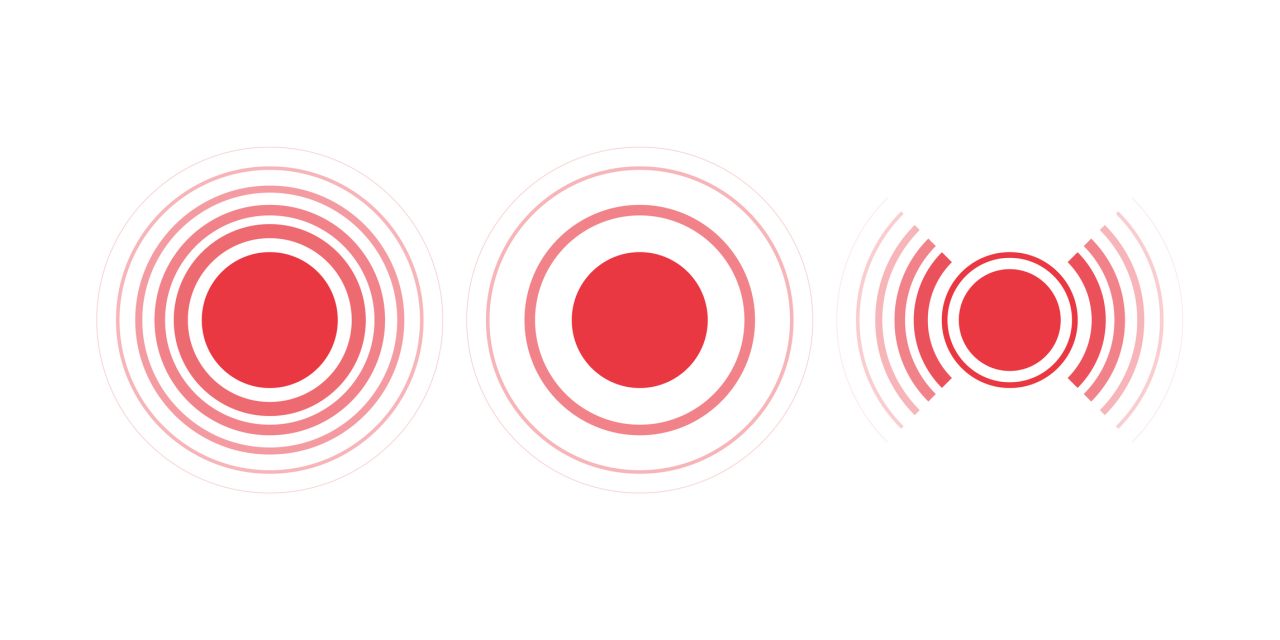The study was done to check the peer perceptions of students with an autism spectrum disorder.
This study was done using a quasi-experimental study. It investigated the behavioral intentions of 70 middle school participants toward engaging in activities with a student displaying characteristics of autism spectrum disorder (ASD) in a video vignette. 3 video conditions were investigated. One was moderate to severe ASD, the second was high-functioning ASD, and the last is a typically developing control. Results of an analysis of variance provided the evidence that participants reported significantly higher behavioral intentions toward the typically developing student and the student displaying more severe ASD symptomatology as compared to the student depicting high-functioning ASD. Participants were found to differentially rate the behaviors they observed across the three conditions.
The study concluded by its findings that peers are capable of distinguishing among different behaviors typically displayed by students with ASD but may be less willing to socially engage with a student with mild or subtler characteristics. Implications regarding the essential elements of interventions for peers based on the target student’s level of functioning are discussed.
Reference: https://journals.sagepub.com/doi/full/10.1177/1088357618800035


